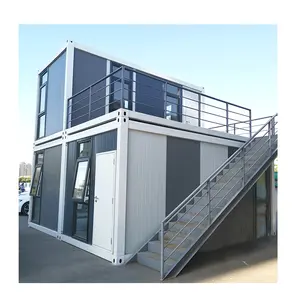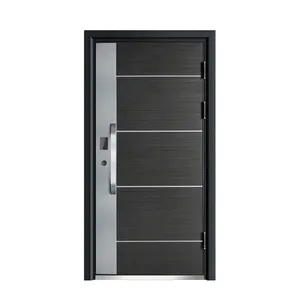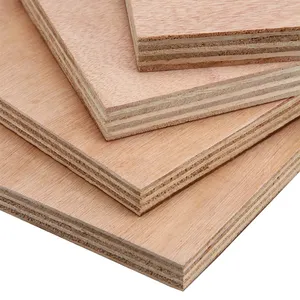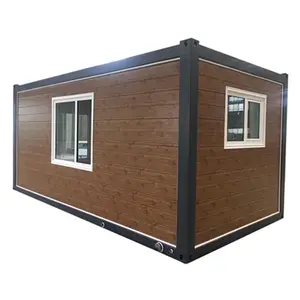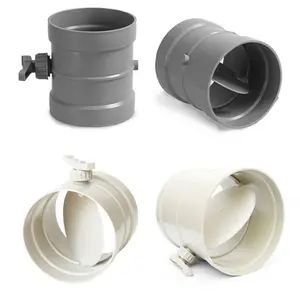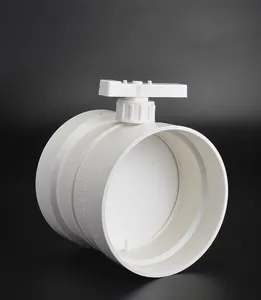Popular in your industry




















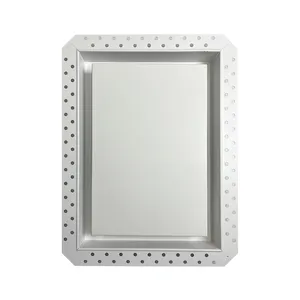




















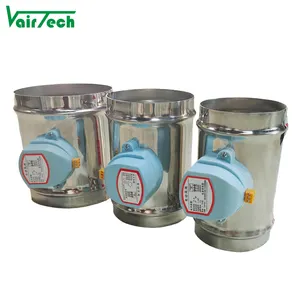
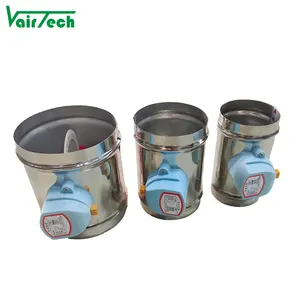






















Related Searches:
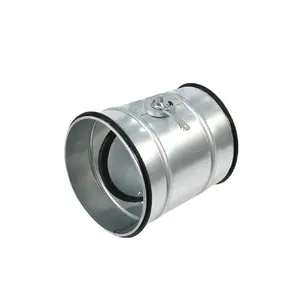


























































































































Top categories
About air duct damper
A Comprehensive Guide to Air Duct Dampers
An essential component in HVAC systems, the air duct damper serves as a pivotal device for controlling airflow in residential and commercial buildings. These devices play a crucial role in the regulation of air volume to ensure optimal environmental comfort and efficient energy use. This detailed overview aims to elucidate the various aspects of air duct dampers, their types, applications, features, and materials.
Types of Air Duct Dampers
Air duct dampers come in multiple forms, each designed to fulfill specific requirements within HVAC systems. Manual dampers, which are adjusted by hand, and motorized dampers, which utilize an electric or pneumatic motor for operation, are the primary categories. Within these, one can find butterfly valve dampers, used for their simplicity and effectiveness, and balancing dampers, which are integral for fine-tuning the airflow within the system.
Applications and Features
The application of air duct dampers extends across various settings, from simple home ventilation systems to complex industrial HVAC installations. Their features include the ability to maintain room-to-room pressure, enhance overall system efficiency, and contribute to the zoning of heating and cooling systems. The versatility of these dampers allows for their use in ductwork, walls, or even ceilings, adapting to the specific spatial constraints of an installation.
Materials and Construction
Constructed from a range of materials, including galvanized steel, aluminum, and stainless steel, air duct dampers are designed to withstand the rigors of HVAC systems. The choice of material often depends on the application, with factors such as air quality, humidity, and temperature playing a role in the selection process. Durability and resistance to corrosion are key considerations, ensuring the longevity and reliability of the damper.
Advantages of Utilizing Air Duct Dampers
The incorporation of air duct dampers into an HVAC system brings several advantages. They enhance energy efficiency by eliminating unnecessary heating or cooling of unoccupied spaces. Additionally, they contribute to the overall comfort within a space by allowing for the precise control of airflow, leading to a more tailored climate control experience. The environmental impact is also considered, as these dampers can reduce the carbon footprint of a building by optimizing the HVAC system's operation.
In conclusion, the air duct damper is a critical element in the management of HVAC systems, offering flexibility, efficiency, and control. By understanding their types, applications, and benefits, one can appreciate the sophistication these components bring to modern climate control solutions.
